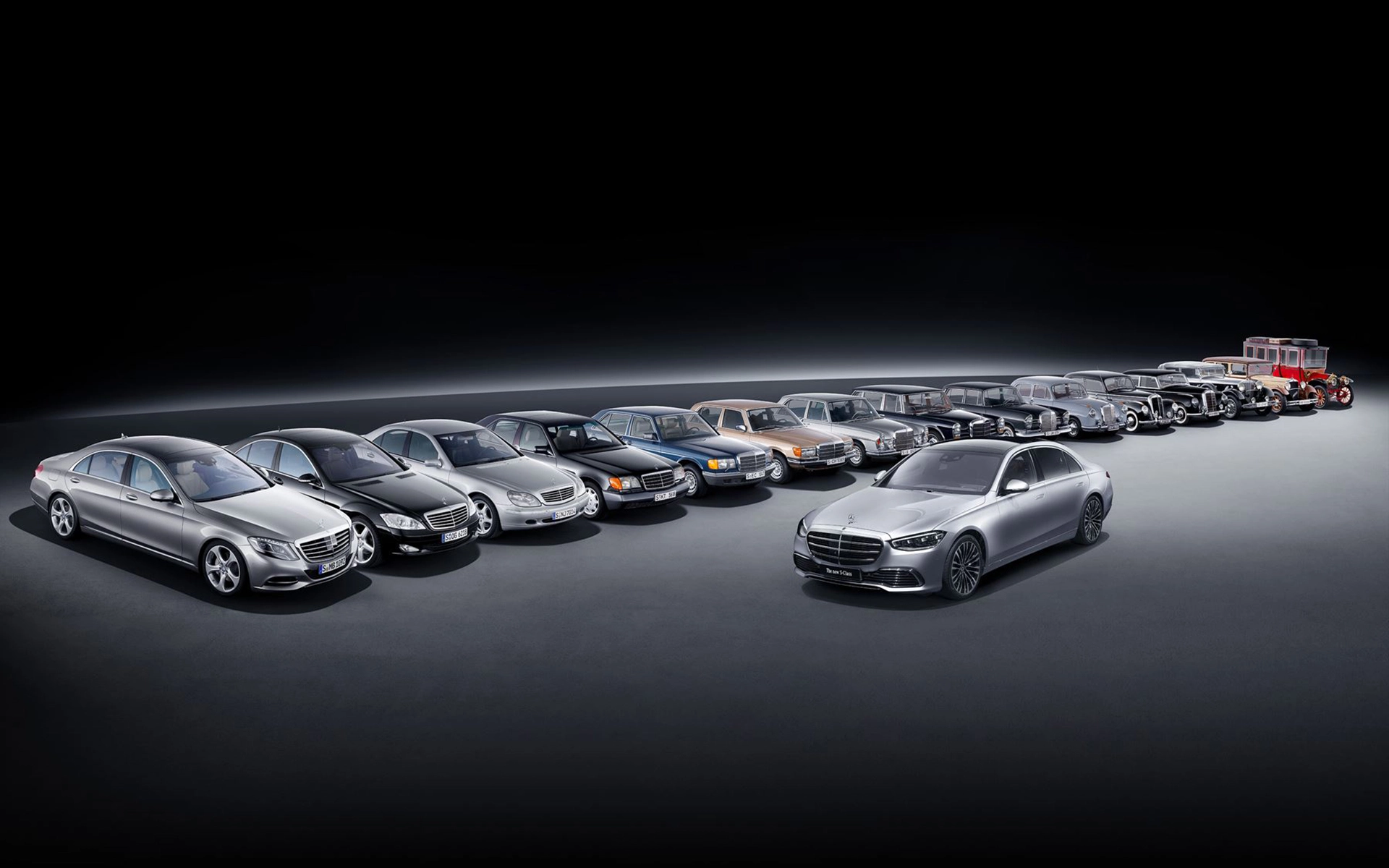Mercedes-Benz: A Pioneer of Innovation and Technology
19 October 2024 8 min read 6 images

Photo credit: Mercedes-Benz
The awe experienced when visiting the Mercedes Museum in Stuttgart comes from discovering how Mercedes-Benz, with over 130 years of expertise in every kind of automobile—from luxury cars to sports cars, from practical vans to prestigious family models, off-roaders, and work vehicles—has built a reputation that is strong and undisputed. This doesn't even take into account the value of their motorsports division, where technology and image play key roles. For such a vast operation, a company needs innovation and development centers that are both important and costly. Furthermore, the search for new technology requires experimentation, and not all of these experiments meet expectations.
Register to unlock this article
Signing up is free and gives you access to hundreds of articles and additional benefits. See what’s included in your free membership. See what's included in your free membership.
Already have an account? Log In

